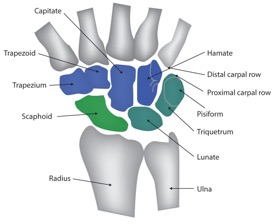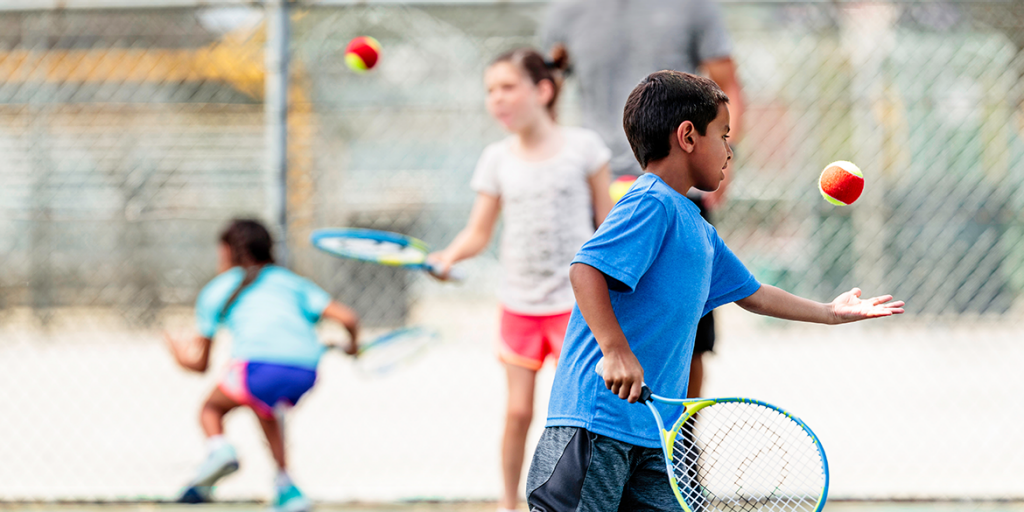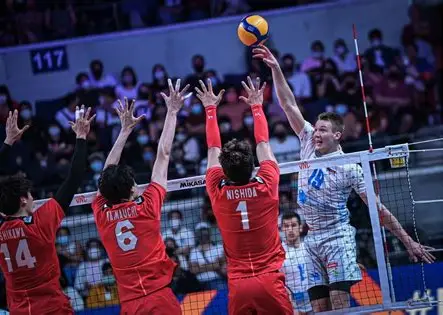Youth Sports Specialization and Injury Risk
– Why too much, too soon can lead to long-term harm
In today’s competitive environment, many young athletes are encouraged to specialize in a single sport at an early age — often with hopes of earning scholarships, standing out in competition, or even going pro. But what many don’t realize is that early sports specialization can significantly increase the risk of injury, burnout, and long-term physical limitations.
What is Sports Specialization?
Sports specialization is defined as:
“Intensive, year-round training in a single sport, excluding participation in other sports.”
Common signs of early specialization:
• Participating in one sport for more than 8 months per year
• Quitting other sports to focus on one
• Training more than 16 hours per week in one activity
• Being pushed toward elite-level competition at a young age
What Does the Research Say?
Numerous studies have shown that young athletes who specialize too early are at a higher risk for overuse injuries, including:
• Stress fractures
• Tendinitis
• Growth plate injuries
• ACL tears (especially in female athletes)
A study in the Orthopaedic Journal of Sports Medicine found that:
“Highly specialized youth athletes are 2 to 3 times more likely to report overuse injuries than those with varied sports backgrounds.”
Other Risks of Early Specialization
Risk Area Details
Injury Repetitive stress on immature joints and bones
Burnout Mental fatigue, reduced motivation, quitting sports altogether
Delayed development Less exposure to varied movement patterns and athletic skills
Missed social growth Limited interaction with diverse peer groups and play styles
Benefits of Multi-Sport Participation
Benefit Why It Matters
Improved motor development Engaging different muscle groups boosts coordination
Injury prevention Reduced repetitive strain through diverse movements
Better overall conditioning Cross-training improves strength, agility, and balance
Mental enjoyment Keeps sport fun and reduces pressure and anxiety
Long-term performance Elite athletes often started as multi-sport athletes
Famous examples:
• Steph Curry played multiple sports before focusing on basketball
• Roger Federer credits soccer and basketball for enhancing his tennis game
Guidelines for Safe Youth Sport Involvement
The American Academy of Pediatrics (AAP) and sports medicine experts recommend:
✔ Delay specialization until at least age 14
✔ Take at least 1–2 rest days per week
✔ Limit organized sports to less than 16 hours/week
✔ Encourage unstructured play and multiple sports
Final Message for Parents & Coaches
Pushing a child too hard, too early may cause harm that outweighs any short-term reward. Help young athletes:
• Explore, not limit their interests
• Play, not just perform
• Grow, not just compete
A well-rounded athlete today is more likely to become a healthy, successful adult tomorrow.




